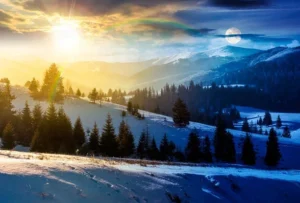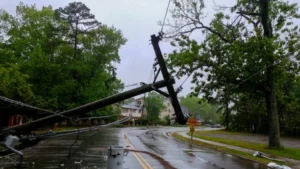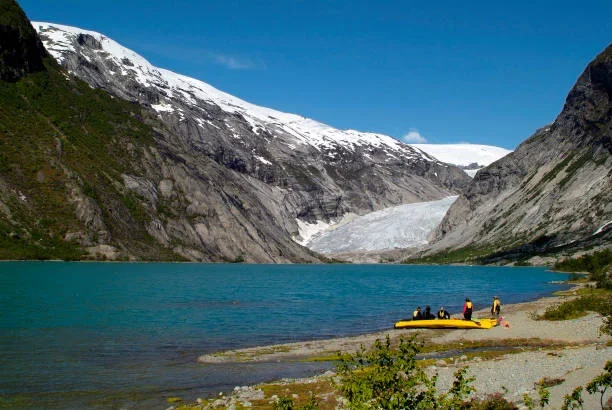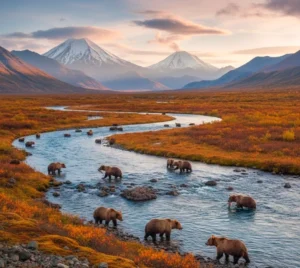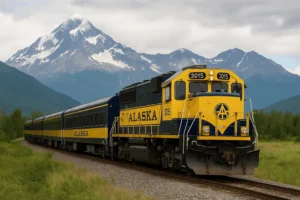Deep in the heart of Alaska lies one of the most untouched and awe-inspiring places on Earth, Gates of the Arctic National Park and Preserve. Spanning over 8.4 million acres, this raw and remote wilderness is larger than the entire country of Belgium. With no roads, no trails, and virtually no infrastructure, the Gates of the Arctic offers an unparalleled experience into the wild, untamed beauty of the far north. Whether you’re an adventure seeker, nature lover, or someone who dreams of solitude under the midnight sun, this article takes you through everything you need to know about Gates of the Arctic, from its natural wonders to travel tips, and why this destination is unlike any other in the United States.
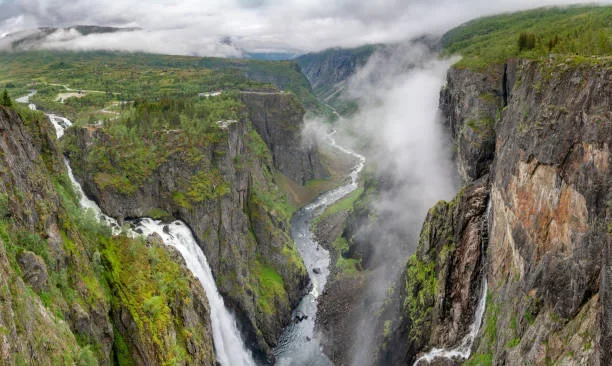
Where Is Gates of the Arctic National Park?
Gates of the Arctic National Park and Preserve is located entirely north of the Arctic Circle in northern Alaska. It stretches across the Brooks Range, a rugged mountain chain that marks the boundary between the forested interior and the Arctic tundra. The nearest access towns are Bettles, Coldfoot, and Anaktuvuk Pass, each requiring a bush plane to reach.
This park is the second-largest in the United States, only behind Wrangell-St.. Elias, and it remains one of the least visited, with just over 11,000 visitors annually according to National Park Service statistics. That’s fewer people than visit Yellowstone in a single day.
The Meaning Behind "Gates of the Arctic"
The name was coined by wilderness advocate Bob Marshall in the 1930s when he traveled through two prominent peaks, Frigid Crags and Boreal Mountain, that form a natural “gateway” into the Arctic tundra. These towering mountains inspired the poetic title, and since then, the name “Gates of the Arctic” has symbolized a portal into a wild, pristine world beyond civilization.
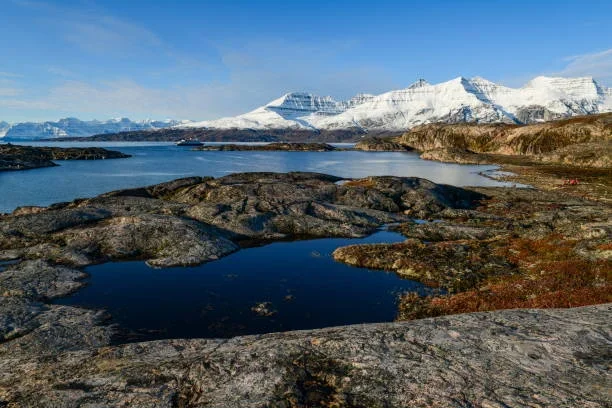
Gates of the Arctic in Numbers
Metric | Value |
Total Area | 8.4 million acres |
Annual Visitors | ~11,000 |
Number of Rivers | 6 Wild & Scenic Rivers |
Peak Wildlife Migration (Caribou) | ~200,000+ Western Arctic Herd |
Distance from the Arctic Circle | 100% lies above the circle |
Established As a National Park | December 2, 1980 |
🧭 Fun & Fascinating Facts About Gates of the Arctic
🏞️ Larger Than You Think
At 8.4 million acres, it’s bigger than Massachusetts and New Jersey combined and larger than Yosemite, Yellowstone, and the Grand Canyon together.
🚫 No Roads, No Trails
It’s the only U.S. national park with zero roads or trails. You explore it entirely off the grid, by foot or bush plane.
☀️ 24 Hours of Daylight
In summer, the sun never sets. In winter, it barely rises. Welcome to the true Arctic Circle.
🦌 Massive Caribou Migrations
Over 200,000 caribou cross the park each year, one of the most dramatic migrations in North America.
🌌 Aurora Hotspot
Catch the northern lights in late summer and fall, with pure, colorful skies far from city lights.
🧊 Human History Runs Deep
Indigenous Nunamiut people have lived here for thousands of years some tools found date back over 13,000 years.
🤫 Quietest Place in America
So silent, researchers say you can hear your heartbeat when the wind stops.
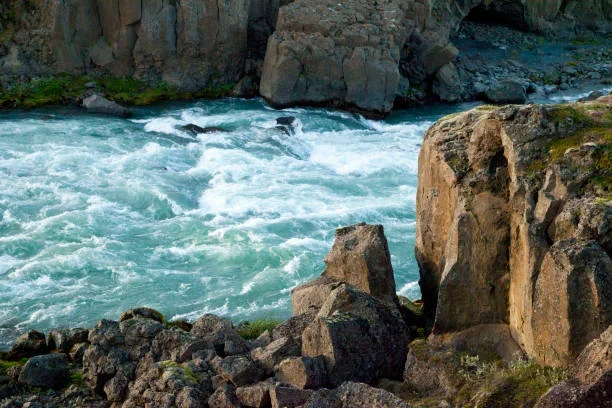
Wildlife and Biodiversity in the Gates of the Arctic
This region is home to some of the most undisturbed ecosystems in North America. The park shelters:
- Over 145 species of birds, including golden eagles, loons, and snow buntings.
- 37 species of mammals, such as grizzly bears, caribou, wolves, Dall sheep, and moose.
- A variety of fish species live in its glacial rivers, like the Arctic grayling and northern pike.
Notably, the Western Arctic Caribou Herd, one of the largest in North America with an estimated population of over 201,000, migrates through the park annually.
This thriving biodiversity flourishes here precisely because there is little to no human interference, no roads, no buildings, and no permanent human settlements within the park boundaries.
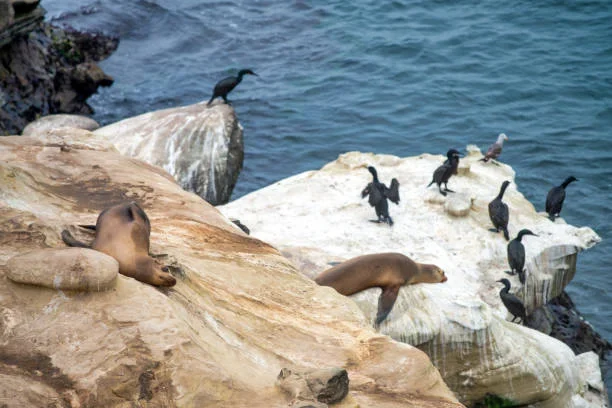
Exploring Gates of the Arctic: How to Get There and What to Expect
A Park Without Roads
Unlike many national parks, there are no roads, visitor centers, or designated trails in Gates of the Arctic. This is a true backcountry experience. Visitors typically arrive via small aircraft from Fairbanks to either Bettles or Coldfoot, then connect to floatplanes or bush planes to enter the park.

Best Time to Visit
The ideal time to visit is mid-June to mid-September, when temperatures are mild (ranging from 45°F to 70°F), rivers are thawed, and wildlife is active. However, even during summer, sudden storms and cold snaps are common. Winter is extremely harsh, with temperatures plummeting to -50°F or lower and daylight lasting just a few hours.
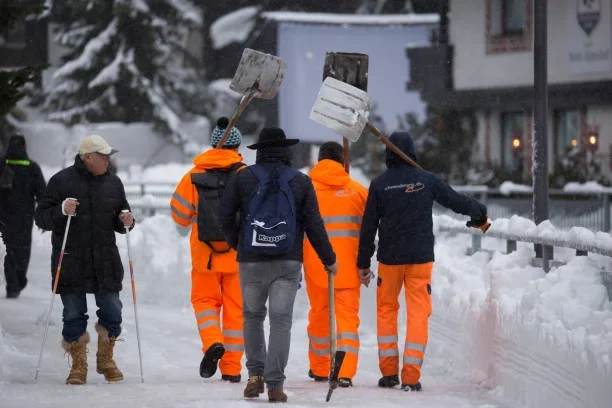
Things to Do in Gates of the Arctic
Even though it’s undeveloped, there’s no shortage of ways to explore and connect with this unique wilderness.
1. Backpacking & Trekking
Experienced hikers venture into the valleys and over mountain passes, often traveling for days or weeks without encountering another person. Popular areas include the Arrigetch Peaks, dramatic granite spires that resemble the Alps.
2. Packrafting & River Trips
With six wild rivers, including the Noatak, Alatna, and John Rivers, the park is a paradise for packrafters and wilderness canoeists.
3. Photography & Wildlife Viewing
The unspoiled scenery and abundant wildlife make this a dream for nature photographers. From the aurora borealis in late summer to herds of caribou crossing the tundra, the park is pure visual poetry. You will experience more wildlife encounters for photography.
4. Cultural Tours
The native Nunamiut people have lived here for thousands of years. You can visit the village of Anaktuvuk Pass, home to around 300 people, where the traditional subsistence lifestyle still thrives.
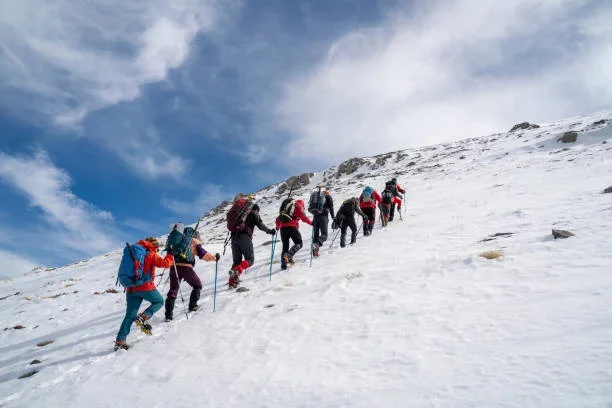
Environmental Importance of Gates of the Arctic
This park plays a critical role in climate research and ecosystem preservation. With no artificial lights or pollution, it serves as a natural laboratory for scientists studying:
- Climate change patterns in the Arctic
- Glacial melting rates
- Wildlife migration under natural conditions
According to the Arctic Council, temperatures in the Arctic have risen at twice the global average rate, making preservation efforts in Gates of the Arctic more urgent and valuable.
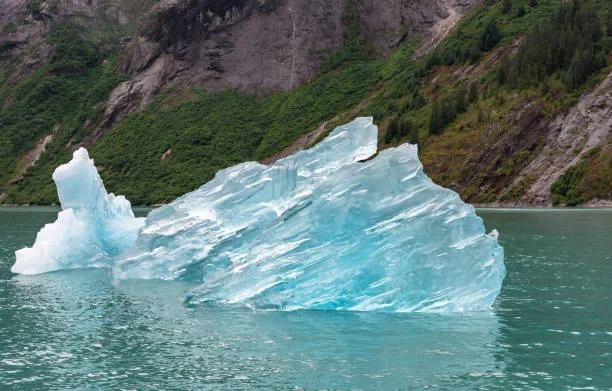
Challenges and Risks of Visiting Gates of the Arctic
Visiting the Gates of the Arctic is not for the faint of heart. It’s one of the most dangerous and isolated national parks in the U.S. Here’s why:
- There is no cell service or internet.
- The weather is unpredictable and can change rapidly.
- Navigation requires topographical maps and GPS.
- There are real risks from wildlife, injuries, and hypothermia.
- Emergency evacuation may take 24 to 48 hours, even with satellite communication.
However, for those who are prepared and experienced in wilderness travel, the rewards are immense and unforgettable.
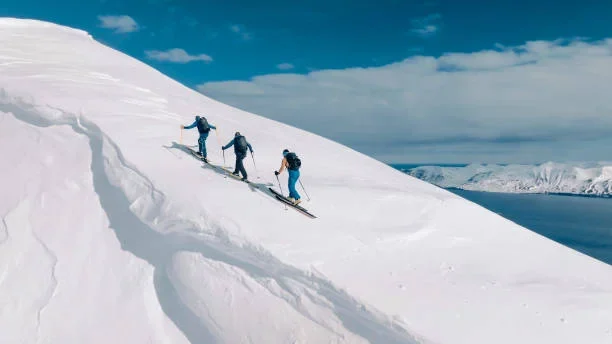
Is Gates of the Arctic Worth Visiting?
Absolutely, but only for those ready to disconnect from the modern world. This isn’t a sightseeing stop. It’s a full immersion into ancient, untouched wilderness. For many, it becomes a spiritual journey, a reminder of how the world once looked before highways, cities, and screens.
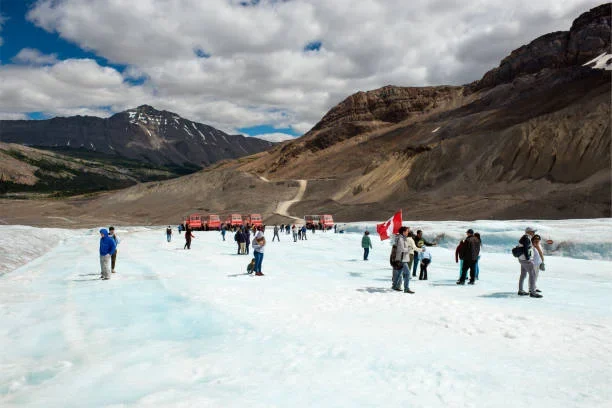
🎒 Tip for Adventurers
If you’re planning to go, consider doing a “fly-in, float-out” trip, fly into one river source and raft your way out, camping along the way. Many say it’s the best way to experience the park. Just be prepared: you’ll need a satellite phone and a bear-proof food container, seriously.

Final Thoughts: Why Gates of the Arctic Matters More Than Ever
In a world where wild places are shrinking, the Gates of the Arctic stand as a powerful symbol of preservation, resilience, and raw natural beauty. It teaches us about the balance between human progress and nature’s right to exist untouched. As more people seek meaning through eco-travel, this majestic northern realm may just be the ultimate bucket list destination for generations that value depth over convenience.


